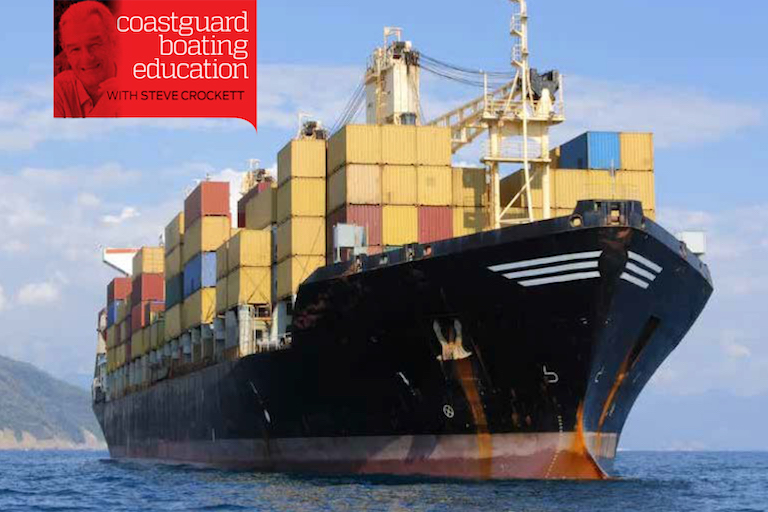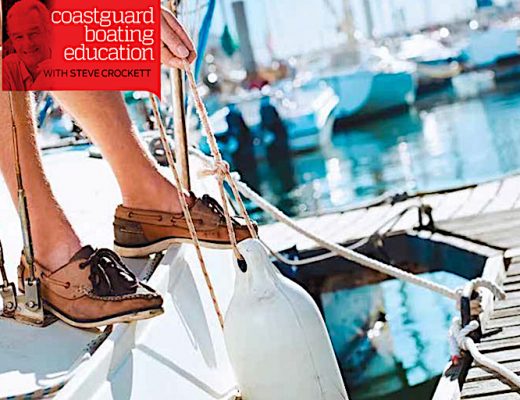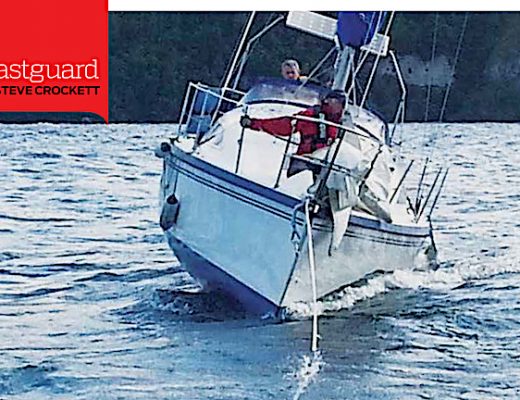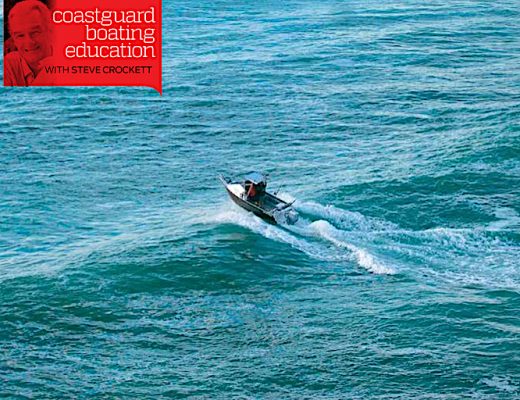KNOWING THE RULES IS HALF THE BATTLE – THE OTHER HALF IS OBEYING THEM!
For many, the early morning sounds of the weekend are birdsong, lawnmowers, a whistling kettle or sizzling bacon. For me it’s usually five short blasts from a ship’s horn. And when I hear it, I know that less than 2nm from where I live, some boatie risks being run down by a large cargo carrier.
All I can do is shake my head at the incompetence, ignorance and downright irresponsibility of the small vessel’s operator. What parts of Rules 5 and 9 do we not yet understand?
Often known as the ColRegs, the International Rules for the Prevention of Collisions at Sea (IRPCAS] apply equally to “all vessels upon the High Seas and all waters connected therewith and navigable by seagoing vessels”.
They are non-negotiable and it’s in your best interests to know them and, if you’re skipper, to know them by heart. In New Zealand, the government has adapted these rules to local conditions and they are promulgated in the NZ Maritime Rules Part 22, which may be found at www.maritimenz.govt.nz/
The numbering is related to the IRPCAS system, in such a way that IRPCAS Rule 5 becomes Rule 22.5 of the NZ maritime rules.
Rule 5 states: “Every vessel shall at all times maintain a proper lookout by sight and hearing as well as by all available means appropriate in the prevailing circumstances and conditions so as to make a full appraisal of the situation and of the risk of collision.” It means using your eyes and ears to stay aware of what’s around you, while “all available means” includes maintaining a listening watch on your VHF radio. And of course, if you have a fitted and operational VHF radio, you will also be in possession of at least a Maritime VHF Radio operator’s Certificate. And, of course, you will understand your obligation to maintain a listening watch at all times on the primary VHF Distress, Urgency, and Calling frequency which is VHF Channel 16.
Rule 9 (b) states that “A vessel of less than 20 metres in length or a sailing vessel shall not impede the passage of a vessel which can safely navigate only within a narrow channel or fairway.Note again “shall not”.
Rule 9 (d) adds: “A vessel shall not cross a narrow channel or fairway if such crossing impedes the passage of a vessel which can safely navigate only within such narrow channel or fairway. The latter vessel may use the sound signal prescribed in Rule 34(d) if in doubt as to the intention of the crossing vessel.”
The sound signal is those five blasts that all too often interrupt my morning but more seriously may mean someone else may be about to have a much worse day.
New Zealand has rules devoted to navigation safety, Part 91, which states: “The master of a vessel under 500 gross tonnage must not allow the vessel to impede the navigation of any vessel of 500 gross tonnage or more if the vessels are in a harbour area.” It goes on: “For the purposes of this rule a harbour area is an area defined as such in bylaws. If a regional council defines a harbour area in bylaws, the council must inform Land Information New Zealand of the defined area so that it may be marked on any applicable nautical chart.”
The main channel in Auckland Harbour is dredged to a depth of 12.5 metres and varies from 700m to 300m in width. Imagine piloting a vessel greater than lO0metres in length, with a draught of 11 metres and a deadweight above 100,000 tonnes in that channel and then having some idiot ignore you. It could ruin your day.
If you’re interested in coming home alive, I recommend completing the Coastguard Boating Education Day Skipper online course. Good watchkeeping is an art – be proud to show your artistry.





No Comments